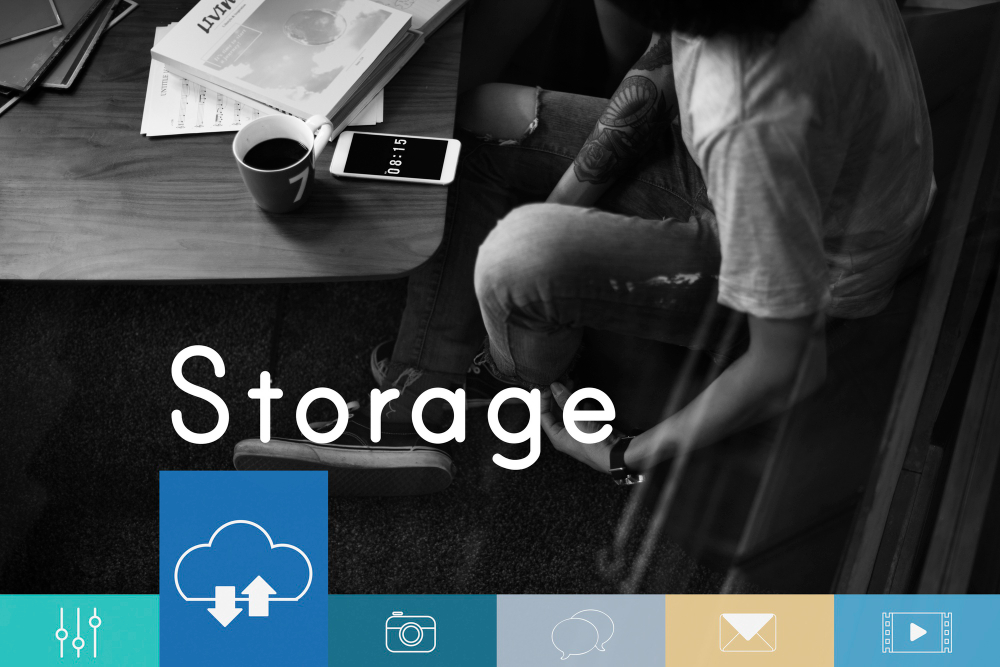It pretty much goes without saying that our businesses—and our lives—run on data. From the numbers we crunch on spreadsheets to the images we post on social media, data has become a ubiquitous resource as well as a commodity that our lives largely depend on. Because data plays such a big role in our lives, it’s only right that we take some precautions to ensure that our data is not lost forever when the worst happens.
But while having backup and data recovery (BDR) tools can be helpful, it still pays to know some best practices for establishing a backup plan for your data. That said, here are some of those practices that business owners, professionals, or simply anyone who owns and uses a device would do well to follow.
1. Follow the 3-2-1 Backup Approach
The 3-2-1 rule is a popular and effective strategy for backing up data. Essentially, you need to have at least three backups of your data, two on different on-premises platforms and at least one in an off-site location. This method of having multiple backup options ensures that you have a proper backup of your data at all times.
Flash drives, an external hard drive, a private cloud, or a data backup appliance are all good options for BDR platforms that can keep your data safe in case of a breach. It’s also worth noting that providers of BDR services and appliances usually store copies in disparate data centers, ensuring an added layer of security to data safekeeping.
2. Back-Up Your Data Frequently
Let’s say you already have some BDR measures in place. But then, a ransomware attack hits your computers and leaves you with no access to your mission-critical data. You try to retrieve the data using your external backup device, only to realize that your file copies are out of date. Similar to a video game, being unable to save your progress only brings about more hassles than we can handle. On top of that, leaving hackers with only access to your data gives them the power to do (and ask for) whatever they want.
As such, you should remember to back up your data as frequently as possible. You can also opt for solutions that allow you to automatically back up your data, such as every 15 minutes. You can also opt for cloud-based disaster recovery as a service (DRaaS) to keep the latest versions of your files synced with your web repository.
3. Encrypt Your Backup Data
If you run a business or handle sensitive personal information, you’re most likely aware of the need to safeguard critical data and its copies. When backing up your data, make sure to encrypt all your data, at rest and in motion, to prevent data loss from data theft. If you run an organization and have an IT team, they can work on encrypting your data or ensuring that your data stays encrypted. Alternatively, if you opt for a data backup solution, the solution should handle the task of encrypting backup copies for you.
4. Back-Up Data from Endpoints
Some organizations tend to focus too much on in-house systems and forget endpoint devices. Laptops, tablets, and smartphones are all endpoints that employees use to generate and process data for work-related tasks. Forgetting to back up data on these endpoints can make you vulnerable to data loss in case these devices get stolen or lost. With that in mind, it may help to implement a data backup policy for work-related devices to ensure full data recovery. One good way to back up data from mobile devices and other endpoints would be to use a cloud-based repository that automatically syncs data and makes it available for offline use.
5. Conduct Regular Testing
Even if you have all these safety measures in place, you can’t call it a day just yet. You need to periodically test your BDR measures to identify potential loopholes, vulnerabilities, or backup copies that are unable to be restored. To see where your infrastructure stands on data recovery, you should conduct disaster recovery tests twice a year or at least once a year. Of course, if your organization handles constant shifts of data, it would be ideal to conduct testing more frequently. If you have absolutely no time to conduct disaster recovery tests, then opt for solutions that automate testing for free.
6. Determine Your Retention Threshold
The truth is, data recovery solution does not work like magic. Devices and online repositories have their own storage space limits, and managing large volumes of historical data can be difficult—not to mention expensive—in the long run. How you set your retention span ultimately depends on your needs as well as the data storage guidelines your industry may be beholden to.
There’s no hard-and-fast rule on how recent your backups should be, but it may serve you well to keep large-scale backups on a monthly or bi-annual basis. To strike a balance between access and ease of management, it may help to retain daily or hourly backups within a week. Similarly, weekly backups are best retained for at least a month.
Data that lasts for more than a year should be archived and stored in off-site locations. The process of archiving may require a more comprehensive backup process, especially since it often entails copying files at a greater level.
The Bottom Line: Stay on Top of Your Backups
No matter how secure you think your infrastructure is, there is still the very real possibility of data loss. Data can get lost due to various factors, some of which include hardware failure, file corruption, computer viruses, or natural disasters. The wise move would be to have a plan in place for retaining access to your files, applications, and workload.
We live in a largely data-driven world, so it should be a no-brainer to ensure the availability of your data in more ways than one.
































































